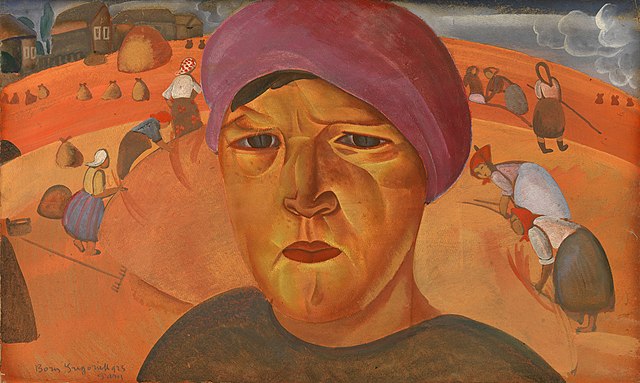Gender, Capitalism, and Labor: The Relationship Between Economic Self-Reliance and Well-Being in American Women
by Sarah Madeleine Wheeler
The proposition that “Throughout U.S history a woman’s capacity for economic self-reliance is the most important determinant of her well-being” is not unreasonable and is well-supported by evidence; however, it is incomplete and fails to extend into the critique of capitalism, power and class disenfranchisement that is necessary for a well-rounded understanding. In any capitalist system, the powerful will seek to deprive the disadvantaged of monetary resources, the better to retain and stratify their own class privilege, and to maintain a desperate class of workers willing to labor on starvation wages. While the American race-caste system, dating back to the 1681 statues made in reaction to Bacon’s Rebellion (How America Invented Race, 2020), was orchestrated with the suppression and control of minority labor forces in mind, the domination of the largest minority on Earth pre-dates the invasion of the continent and composes the oldest form of unpaid labor. That a woman’s economic self-reliance is primary and critical to her well-being is true insofar as any disadvantaged person’s economic fortunes is thusly important to their fate within the capitalist system; that is to say, women’s rights are human rights and human rights are labor rights.
Prior to and during the strict control of women’s capital
via legal statute, women frequently were capital, a reflection of both their
reproductive capacity and of the unpaid labor they were expected to perform. From approximately 1600 onwards, both
colonialist and Indigenous women (and children) functioned as chattel and
“valuable cultural commodities to be taken hostage and exchanged” for inanimate
objects and other capital (Brooks, 1996).
In the wake of Bacon’s Rebellion, women were key to controlling the
labor force through racial categorization; miscegenation laws combined with “according
to the condition of the mother” clauses (Hening, 1823) ensured that neither
women of color nor their descendents would have access to either freedom or
capital of their own. As systems of
power and control began to emerge, those women whose labor was not controlled
by systems of servitude and racial disenfranchisement were constrained by the
laws of men which erased their separate legal identities after marriage and
stripped from them most claims to capital and property, a system known as coveture. The twin American disenfranchisements, on the
basis of sex and on the basis of race, had devastating consequences for women’s
well-being. For instance, renowned poet
Phillis Wheatley, the founder of multiple American literary traditions, died at
31 years of age in wretched poverty as she struggled alone to support an infant
son by working as a scullery maid, on account of both her race and her sex
(Wikipedia, 2021; Phillis Wheatley clip…, 2014). Even Rachel Wells, a White woman who lent the
hefty sum of £300 from her own resources to fund the Revolutionary War and
therefore should have been a valued patriot, could not get her bond returned on
account of her sex and was reduced to sleeping on straw in her old age, begging
piteously in misspelled letters to Congress for “a little [interest]” from her
‘borrowed’ funds (Living Through War & Revolution, 1786). Many younger women took advantage of the war
to leave their gender behind and cross-dressed as soldiers, the better to
pursue their own wellbeing (Deborah Sampson Cross-Dresses…, 2019). That it was better to be a man at war than a
woman at any occupation casts a stark light upon women’s fortunes during this
era.
However, in the wake of the Revolutionary War, “the mothers of the republic were tasked with instilling in their sons the qualities of virtue, piety, and patriotism necessary to the young country’s future,” for which education was essential (Ware, 2015). While, as Ware observes (2015), access to segregated education was “a long way” from equality, “it was an opening wedge.” Indeed, the mothers of suffrage, Susan B. Anthony and Elizabeth Cady-Stanton, were both educated women, a condition predicated by relative affluence which afforded them the liberty to pursue their life’s work. Anthony, a teacher who never married, astutely remarked on the grim dichotomy facing her sex: “I do not want to give up my life of freedom to become a man’s housekeeper. If a girl marries poverty, she becomes a drudge. If she marries wealth, she becomes a doll, and I want none of either.” (One Woman, One Vote, 1995) Her determination to retain her economic independence was no doubt a significant factor behind her ability to remain a staunchly active figure in the Women’s Movement until her death: better able to protect her own economic health, dispossessed by neither a feckless husband nor his descendants, with the right to access and manage her own economic resources, she was not reduced to working as a drudge or to homelessness in her twilight years for lack of a man to “cover” her.


